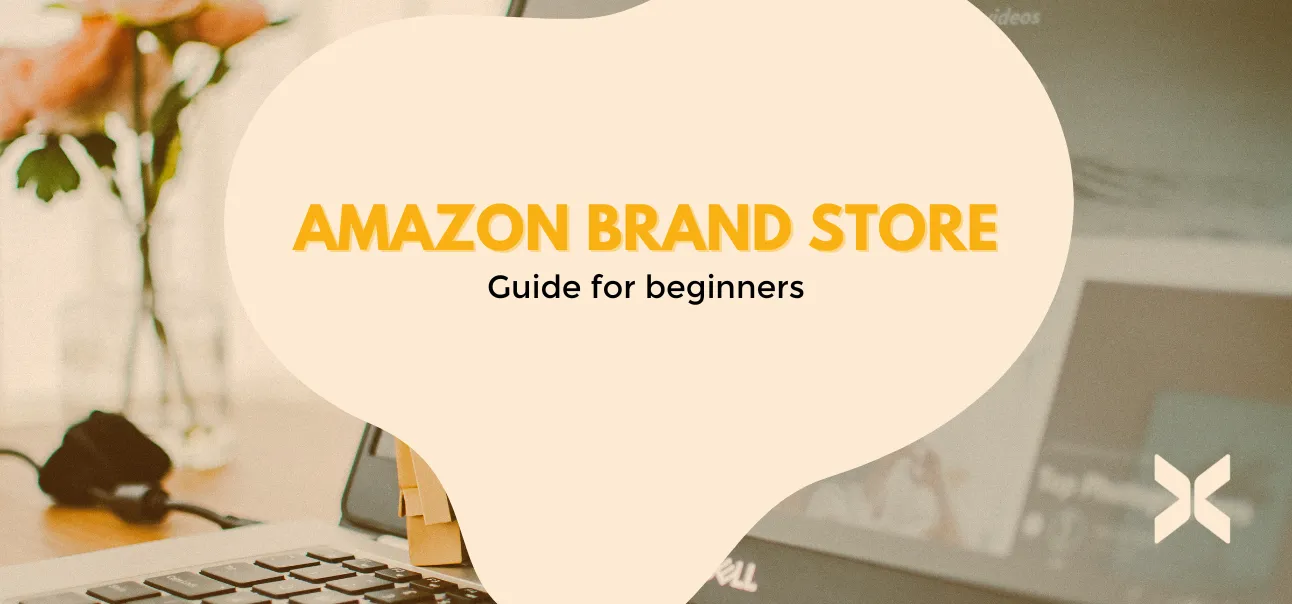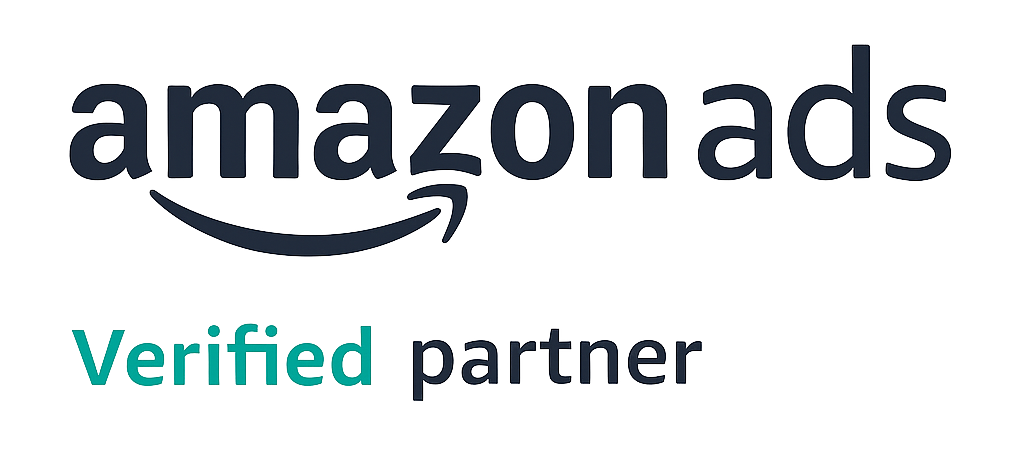Amazon Keyword Research Guide


How to improve your rankings on Amazon!
Amazon is now the first point of contact for many consumers online to search for new products. Consumers are aware of the numerous advantages of the Amazon online marketplace. Fast delivery, huge selection, uncomplicated checkout — there is simply everything on Amazon and fast. That is why many online retailers also use Amazon as a platform to sell their products to men (and of course also to women). Amazon keyword research plays a decisive role in this.
But how do you get found as one of thousands of retailers on Amazon among all the competition? Or simply ask: What do consumers actually type into the Amazon search field when looking for the desired products?
The key question is — What are my potential buyers looking for? What search terms do they use?
To find out and achieve maximum success on Amazon, a Keyword research for Amazon unavoidable. Because on Amazon, it is not traffic in general that counts, but above all targeted traffic.
Amazon keyword research — frequently asked questions:
What is keyword research anyway?
Die Keyword research Is the search or identification of relevant search terms (keywords) about a specific product that should be sold as successfully as possible on Amazon. The keywords or search terms that consumers type into the Amazon search field are therefore decisive and relevant.
How do I find all relevant keywords for my Amazon product?
Amazon keyword research tips:
The aim of detailed keyword research is to find as many different as possible and at the same time to identify relevant keywords/search termsto order them on the Amazon product detail page and in the backend of Amazon Seller Place Central correctly. After all, the products should be found in many different search queries and, of course, displayed as high as possible on page 1. Because whoever is visible in the first 3 to 5 places on the first page gets the most clicks.
There are countless free and paid tools for Amazon keyword research that help you find relevant Amazon keywords. But before you start keyword research with the tools, there are a few more tips and tricks to identify relevant keywords in advance.
1. Keywords through brainstorming
Switch on own head one! Use your own experience as a starting point — Which search terms would you use to search and find the product on Amazon? Brainstorming with colleagues and friends Here is a good way to expand and verify your own search terms.
2. Use synonyms
Which terms can as a synonym used for your main keyword (i.e. the central search term)? There are numerous synonym dictionaries online (e.g. synonyms.woxikon.de or openthesaurus.de), which gives you a variety of synonyms point to a specific term.
3. Use the autosuggest function
After you've collected some initial keyword ideas, it's also worth the Autosuggest function (“Auto-Complete Feature”) from Amazon and Google Which search terms or keyword combinations (long tail keywords) appear when you type in a search term or a main keyword? How does the search engine automatically complete the entered word? The autosuggest function often provides helpful ideas and other sources of keywords that users have searched for on the marketplace.

4. Analyze competitors' keywords
Take a look at what your contest on Amazon does — and make it even better. You can often find relevant keywords on the Competitor product detail pages discover. Focus in particular on competing products that “rank” better or very high up, i.e. are listed on Amazon. Amazon also offers various categories on the product detail pages, such as “Often bought together“or “Other customers also bought” — it's also worth taking a look at the products listed here to identify potential keywords
Check this out
Free Amazon keyword research tools:
- sonar
- Sistrix
- Keyword Tool Dominator (KTD)
Paid keyword tools with special features:
- Helium10
- Jungle Scout
- Sellics
- ShopDoc
- Amalytix
Keyword research result:
After extensive keyword research, you should use a Keyword list have, in the all relevant search queries potential buyers are covered. This includes all top keywords with high search volume and other long tail keywords and mid tail keywords — more specific search terms with lower search volume.
Important: Your list includes not only the most frequently searched main keywords, but also numerous long-tail keywords that your target buyers could use as a search query on Amazon. Even if these search phrases are searched for less, they narrow down the results of the search query more precisely and therefore also increase the likelihood that your potential customer is also a buyer.
How do I now use the Amazon keyword list for ranking optimization?
On Amazon, the customer counts! As a first step, you should therefore include the most relevant keywords, i.e. the search terms with the highest search volume, on your Amazon product detail page.
The magic word here is: Amazon SEO-Optimization. Titles, bullet points and product descriptions of your Amazon products should therefore be designed in such a way that they contain the most relevant keywords and are still easy to read and appealing. The indiscriminate sequence of as many keywords as possible is therefore absolutely the wrong way to optimize an Amazon product listing.
The last step: The backend keywords
With your Amazon products, so-called”Hidden Keywords“, so hidden search terms are stored in the backend. They are ideal for placing keywords that cannot be meaningfully incorporated into titles and bullet points and would lead to results that are difficult to read.
Hidden keywords can also contain all other researched keywords if the number of keywords found from keyword research is simply too large. This includes, for example, incorrect spellings and spelling mistakes.
If there is enough space, the focus should be on Long Tail Keywords and relevant phrases be laid. In this way, several search queries and keyword combinations can be covered at the same time. A double naming of individual search terms does not hurt, but should only be used if relevant search phrases are to be included. These can often be shortened.
For example, are the search phrases “Men's wallet”, “Leather wallet” and “Men's leather wallet” available, the latter search phrase is sufficient to directly cover the other combinations and index them in the search results.
Conclusion: Why is Amazon keyword research so important?
The basis of SEO optimization in the marketplace is regular Amazon keyword research. The choice of keywords for individual product pages is very important for success on Amazon. The aim is to organic rankings on Amazon through continuous content improvement to optimize and if possible on page 1 the search results to be displayed.
The Amazon A9 algorithm Sort the products on Amazon (simply put) according to their relevancy and their performance one. Both Ranking factors are strong indicators for Amazon as to whether the customer was satisfied and found what they were looking for. The following therefore applies: The more relevant a product is to a specific search and the more sales a product generates through that search, the greater the visibility on Amazon.
The customer is king — this guiding principle applies more than ever on the marketplace. Anyone who continuously ensures a unique and satisfying customer experience is thus meeting one of Amazon's most important goals and gains visibility in the long term.
This results in more customers view the product, click on it and buy. This in turn improves the rankings in the positive cycle. A steady Amazon SEO optimization including the essential
Keyword research is therefore the The right growth strategy, around the
to increase sales on Amazon.

Global expansion on Amazon with AMA-X
.webp)
64% (7-digit) growth per year
.webp)
600+ SKUs
.webp)
Expands into 6 target markets

Brand development with AMA-X Foundation & Growth
.webp)
102.6% revenue growth & 134.2% profit growth
.webp)
TaCoS 4.26% (share of advertising costs)
.webp)
17.77% conversion rate

.webp)







